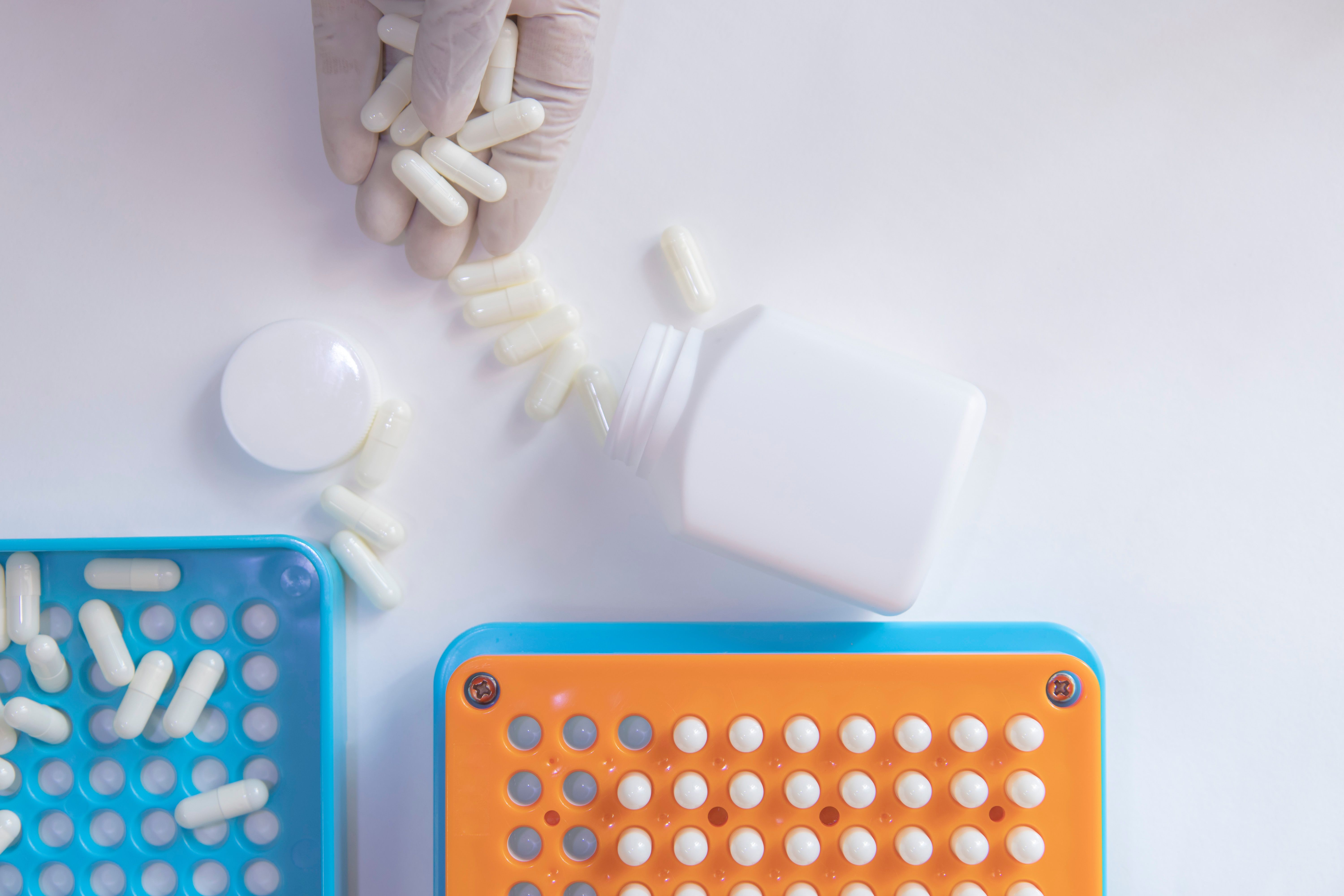Article
Antibiotics May Increase Diabetes Risk in Children
Author(s):
Antibiotics have been found to alter gut microbiomes, which increases the risk of type 1 diabetes.
Antibiotics given to young mice in doses equivalent to those used in human children were found to change the mix of gut microbes, and dramatically increase the risk of type 1 diabetes.
By the age of 10, the average American child receives 10 courses of antibiotics. In recent decades, children’s exposure to microbe-killing antibiotics have increased and the incidence of autoimmune diseases, such as type 1 diabetes, has more than doubled.
In a study published in Nature Microbiology, researchers found that short pulses of antibiotics in mice that are more susceptible to type 1 diabetes caused the disease to develop more quickly than in mice not treated with the antibiotics.
“Our study begins to clarify the mechanisms by which antibiotic-driven changes in gut microbiomes may increase risk for type 1 diabetes,” said co-senior study authors Martin Blaser, MD and George W. Singer. “This work uses NOD mice, the best model of type 1 diabetes to date, and doses of antibiotics like those received by most children to treat common infections.”
In the study, researchers assessed the effects of antibiotic treatment on the development of microbiomes in non-obese diabetic (NOD) mice, since they are known to be more susceptible to type 1 diabetes. Mice were exposed to either continuous low-dose antibiotics or pulsed antibiotic therapy (PAT), which mimics the doses used to treat many infections in children.
The results of the study showed that, in particular, male NOD mice exposed to PAT had twice (53%) the incidence of type 1 diabetes as control NOD mice that did not receive antibiotics, and had 26% of incidence. Although PAT did not significantly increase the disease risk in female mice in the first set of experiments, it did in the second set of tests.
The authors noted that more research needs to be done to clarify disease patterns by sex. In order to determine the effects of antibiotics, researchers collected samples of gut bacteria from the mice to analyze the bacterial DNA using genomic and statistical techniques.
Since prior studies have matched key DNA sequences to known bacterial species, it allowed researchers to define the individual microbiomes, and find the effects of antibiotics on microbial species during the first 13 weeks after birth.
Researchers found that 3-week old PAT males had certain bacteria that was almost completely gone from their intestines. During all periods in all of the samples, the diversity of species in PAT-treated microbiomes were found to be lower than in control mice, and the composition of the bacterial communities substantial differed.
To assess whether an antibiotic-altered microbial population could have immunological effects by itself, researchers conducted an experiment that transferred gut bacteria from young mice treated with antibiotics to mice that lacked their own microbiomes.
The results of the experiment showed that a perturbed microbial population was sufficient to alter the recipient’s immune system by itself. Additionally, mice treated with PAT had lower proportions of regulatory T cells known to restrain immune reactions.
“This latest study result is compelling, linking the effects of use of antibiotics in mice to type 1 diabetes,” said Jessica Dunne, director of Discovery Research at JDRF. “This is the first study of its kind suggesting that antibiotic use can alter the microbiota and have lasting effects on immunological and metabolic development, resulting in autoimmunity. We’re eager to see how these findings may impact the discovery of type 1 diabetes preventive treatments in the future and continue research in the area of vaccines.”






